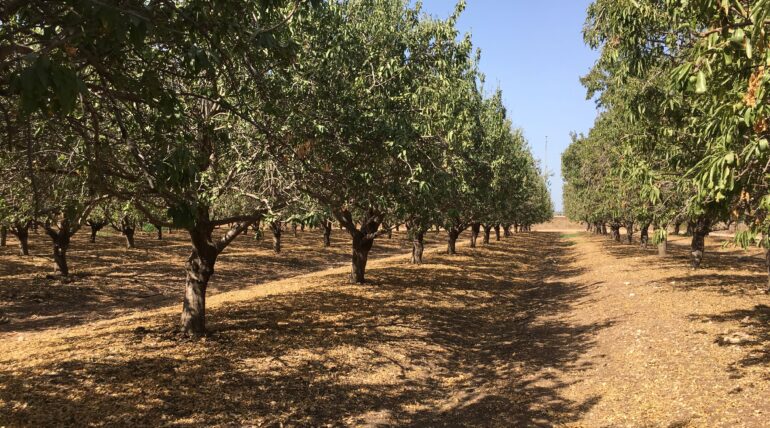Using Mid-summer Leaf Samples to Guide Fertilizer Decisions: Part 2- Potassium
Potassium fertilizers have seen major increases in price over the past year. This is due to multiple factors, including increased demand, trade embargos with Belarus, and shipping constraints from Russian suppliers. Due to this price increase, many operations are trying to determine the appropriate amount of potassium needed for a specific orchard. Potassium fertility management is different than nitrogen. Potassium moves into the root through diffusion and mass flow. This means that it must be within the active rootzone to be utilized by the tree. Additionally, potassium is a cation (K+) and will respond differently based on the type of soil. High cation exchange capacity (CEC) soils have many charge sites, which can prevent potassium from being available to the plant. This can be further complicated by the presence of micas and other clay minerals. In low CEC soils, the opposite is true, the reduced number of charge sites in the soil mean higher potassium uptake for the plant. However, keep in mind that this higher availability in the soil can also lead to more potassium leaching below the rootzone, increasing costs, or reducing tree productivity. Potassium programs vary. Almonds use a significant amount of potassium, with 92 lbs of K2O needed for every 1000 lbs of kernels produced (92 kg of K2O/metric ton). Potassium is often applied as one of several products, including potassium sulfate, potassium chloride, potassium thiosulfate, and potassium nitrate. These materials may be applied blended with other fertilizers. For example, potassium chloride is commonly used within blends as it is easy to dissolve and stays in solution. Other sources are available, but are often more expensive and, regardless of the sales pitch, equal in performance. The only exception is compost, which can be cheaper per unit depending on the source and the analysis. Due to the soil



Recent Comments